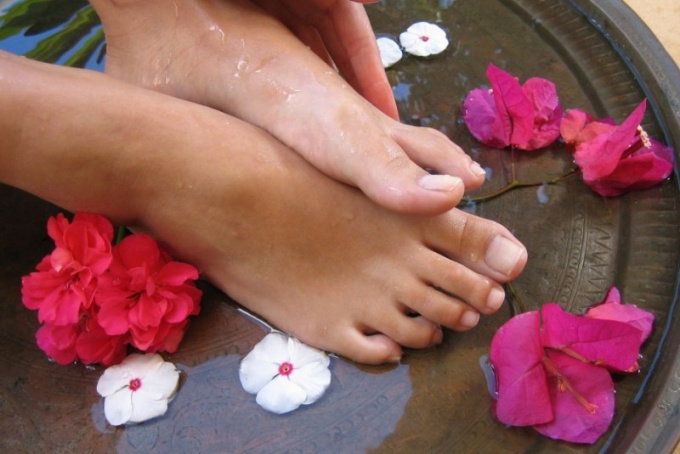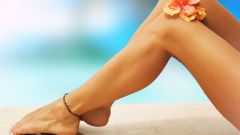You will need
- medicinal products;
- - with an antibiotic ointment;
- Sol;
- - potassium permanganate;
- - a series.
Instruction
1
Contact your dermatologist. The doctor will examine your feet, then put the preliminary diagnosis. But it cannot be considered accurate until the moment until the results of blood tests. Treatment should be aimed at addressing the root causes of the blisters and promote healing of the skin.
2
Take a foot bath with a strong solution of salt. The average time of water treatments should be 15 minutes 3 times a day. Salt has antibacterial properties, which helps to avoid suppuration of the ruptured blisters.
3
Has a drying effect and potassium permanganate. Make a pink solution, but ensure it is not too rich, otherwise the skin will begin to climb round. Take a foot bath for 5-7 minutes in the evening. Then sprinkle the skin with soap and put on soft socks.
4
Lubricate the skin ointment that contains the antibiotics if redness and decay. Usually the dermatologist appoints a medicated creams. If you have not been to the doctor, use levomicetinom ointment.
5
Make lotions when the skin begins to heal. Boil 4 tablespoons of succession in a liter of boiling water, leave for about 30 minutes. Soak a bandage in the decoction and apply to problem skin area. If the blisters were all over the feet, do the foot Spa.
6
Do not wear tight and uncomfortable shoes during treatment. Proper nutrition is also important. Try not to eat oily and spicy foods, and abstain from alcoholic beverages.
7
Visit your doctor if the blisters began to increase dramatically or they began to nagivate and itch. Self-medication in this case highly inappropriate. Without undergoing the necessary therapy on the feet scars are formed. If you don't have time to sit in queues, visit private clinics, pre-book an appointment with a dermatologist.

